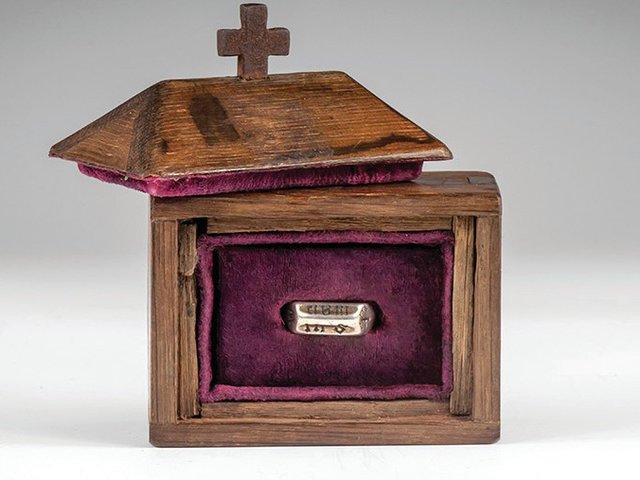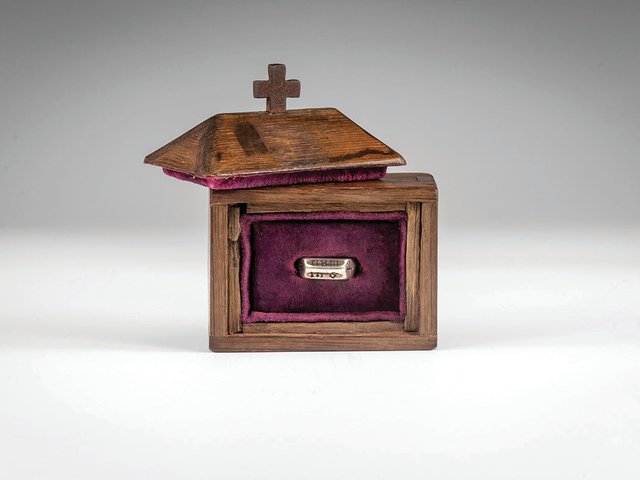The Joan of Arc ring, which was temporarily taken out of the UK in March before an export licence was applied for, may not have belonged to the saint. After being taken to France by its new owner without proper documentation, it was quietly returned to London after pressure was exerted by the British authorities, The Art Newspaper has learned. An export licence was then applied for and was quickly granted, on the grounds that there was insufficient evidence that the ring had really once belonged to Joan of Arc.
Fierce bidding According to tradition, the ring was given to Joan of Arc for her first communion. Before she was burned at the stake in 1431, her ring was seized and taken by Cardinal Henry Beaufort as booty. He brought it back to England, where the relic apparently remained with his descendants for nearly five centuries before passing through several owners in the 20th century.
The ring came up for sale on 26 February at London- and Harwich-based TimeLine Auctions, with an estimate of £10,000 to £14,000. Competition was fierce, and the piece sold for £297,600 (with buyer’s premium). The buyer was the Puy du Fou Espérance foundation, which supports a historical theme park near Nantes, in western France. Although a UK export licence was required to remove the ring from the country, it was simply taken to France.
The foundation was warned that the ring had to be returned to the UK, and it complied in late April. Nicolas de Villiers, the foundation’s president, took the unusual step of making a personal appeal to the Queen to intervene, claiming that Queen Victoria had wanted the ring to be returned to France. He wrote: “We therefore address to a queen’s heart our humble request that this relic of our great French heroine be allowed to remain in our country, and that the current judicial difficulties be quickly resolved.”
An export licence was granted promptly on 5 May. The expert advising Arts Council England, which administers the system, apparently felt that there was insufficient evidence that the ring had belonged to Joan of Arc. It therefore did not fall under the Waverley Criteria, which would have meant a deferral so that a UK buyer could match the price. We understand that some of the engraving on the silver-gilt ring could be 20th century. Puy du Fou now plans to display the ring in a monument to be built just outside the theme park.



